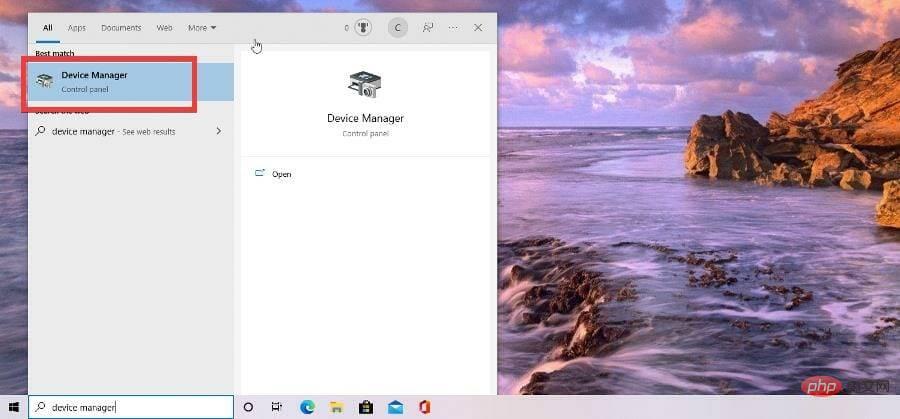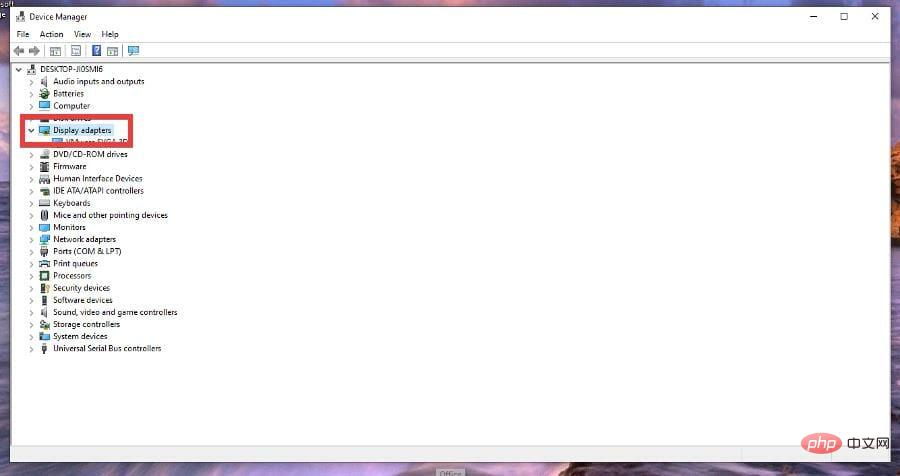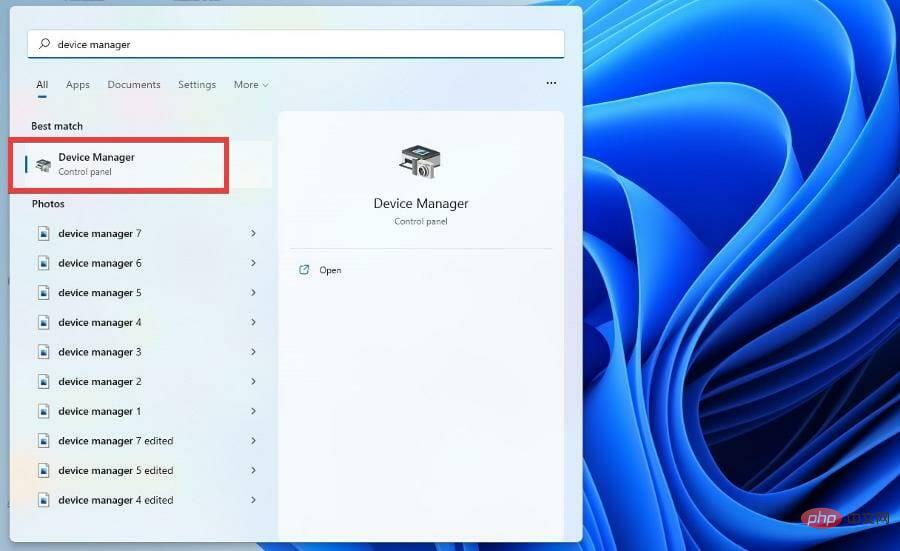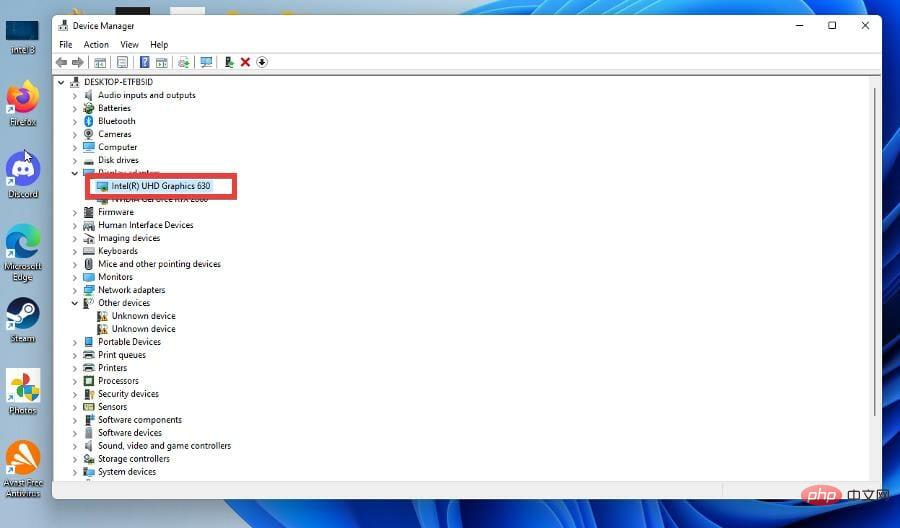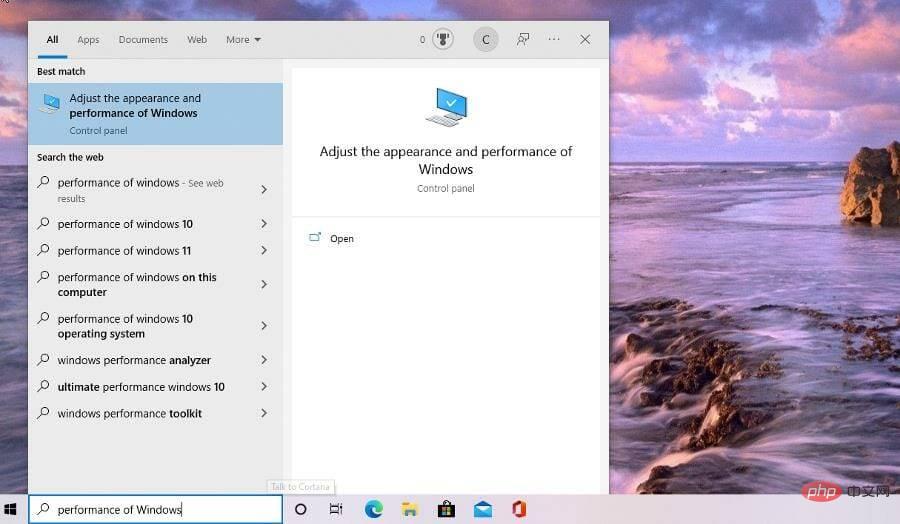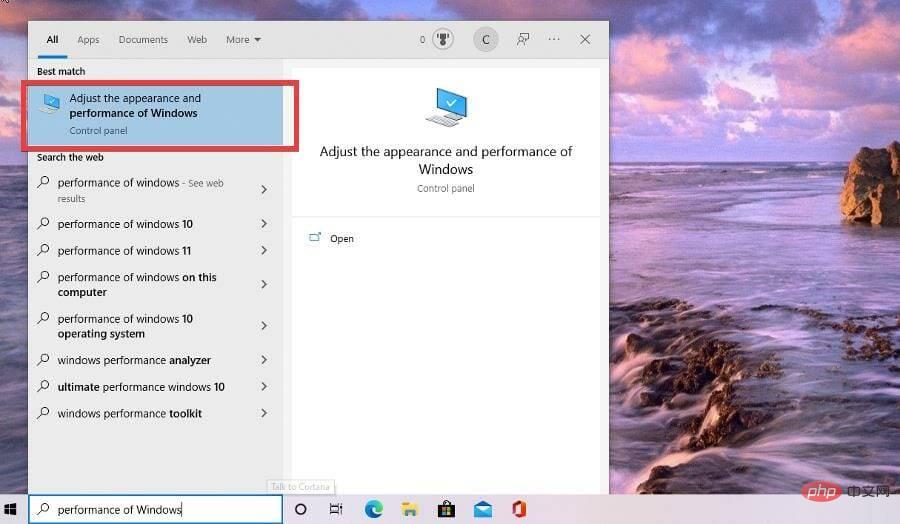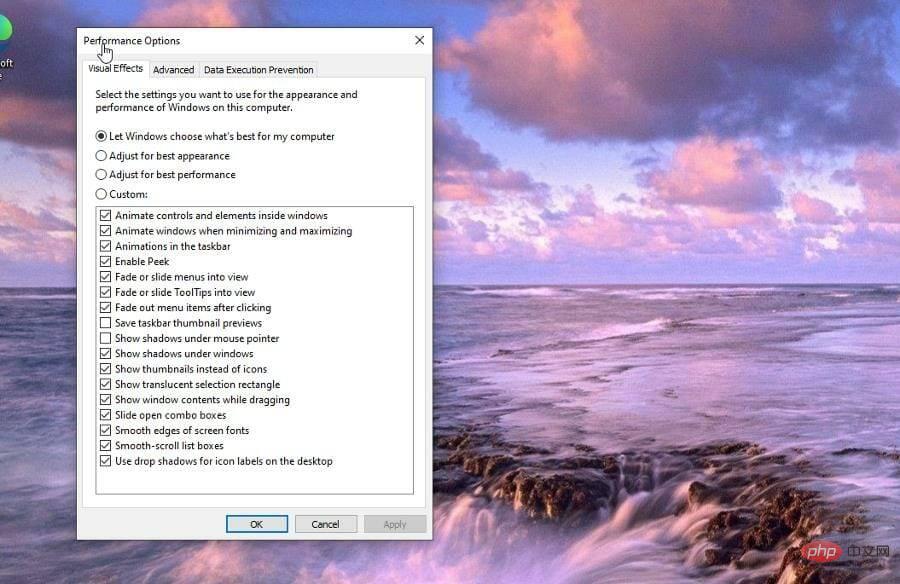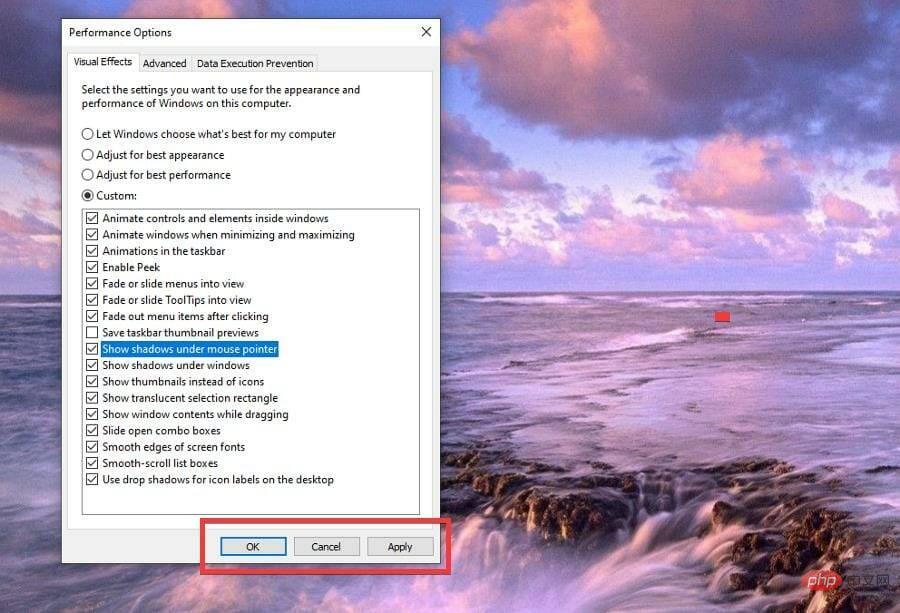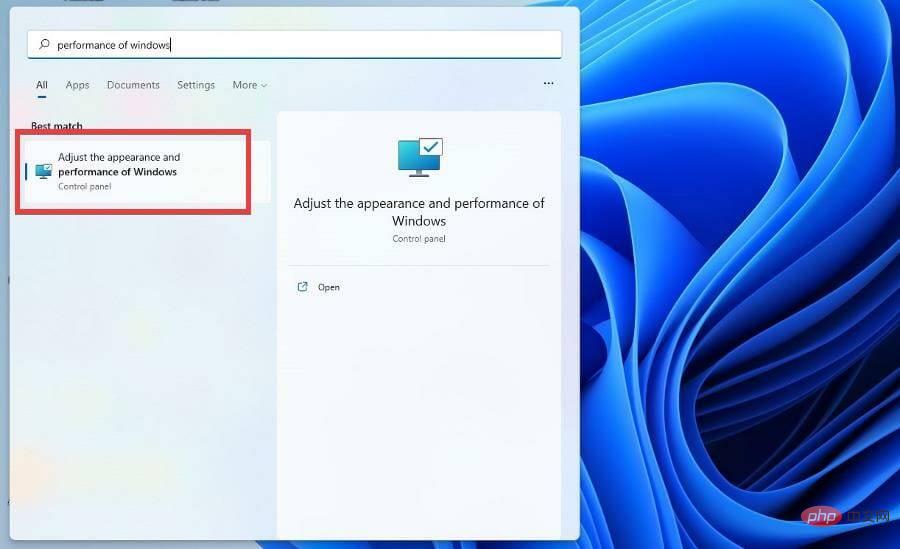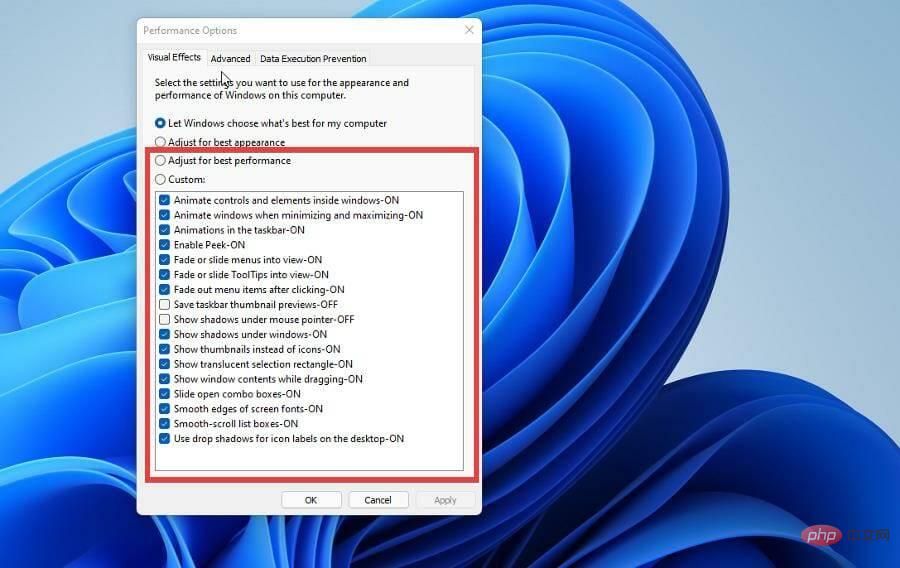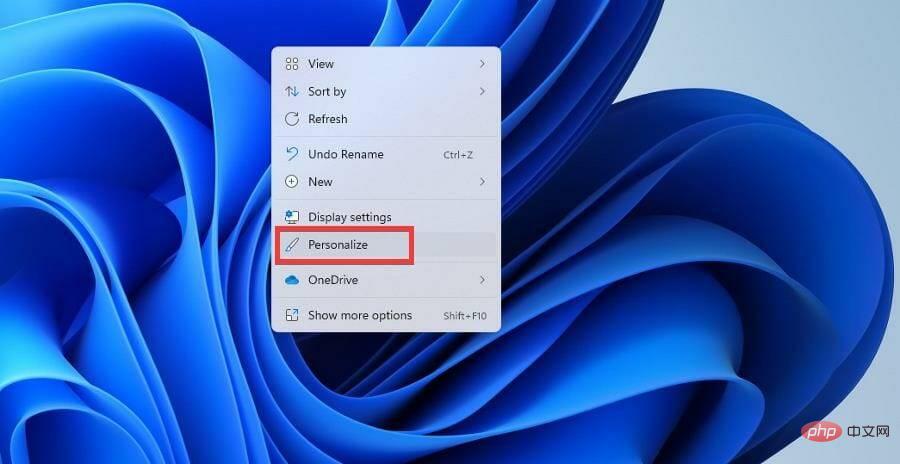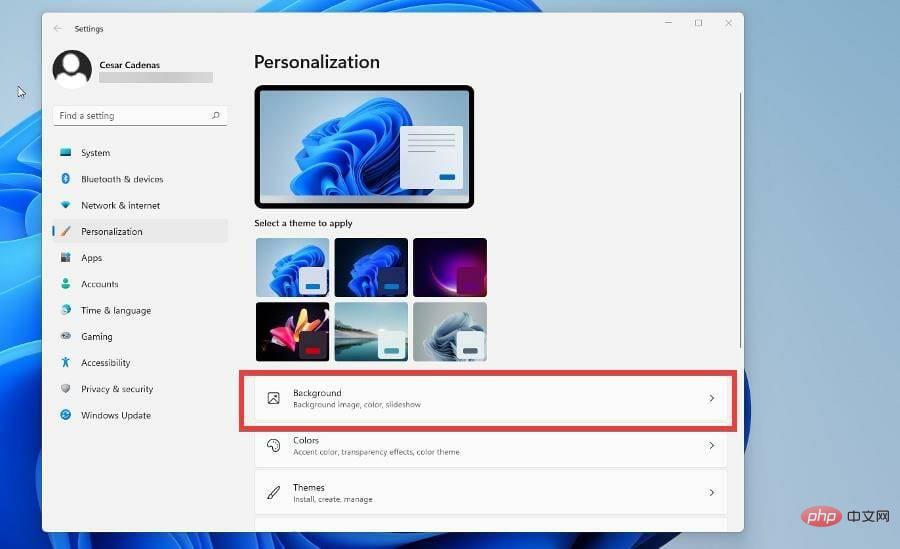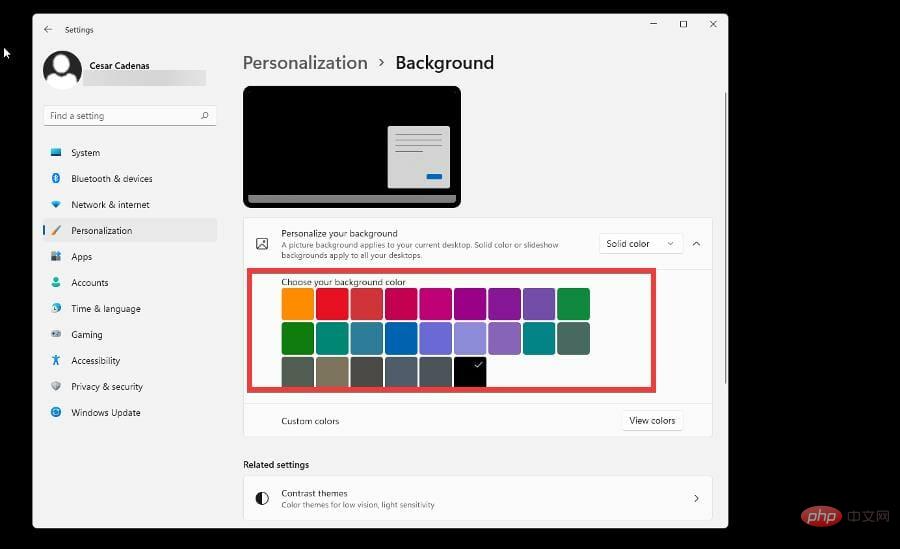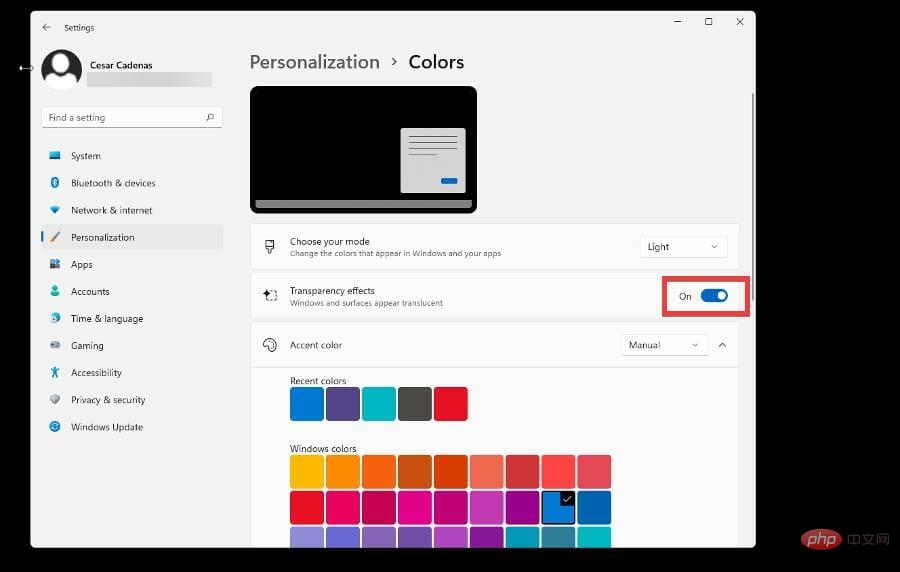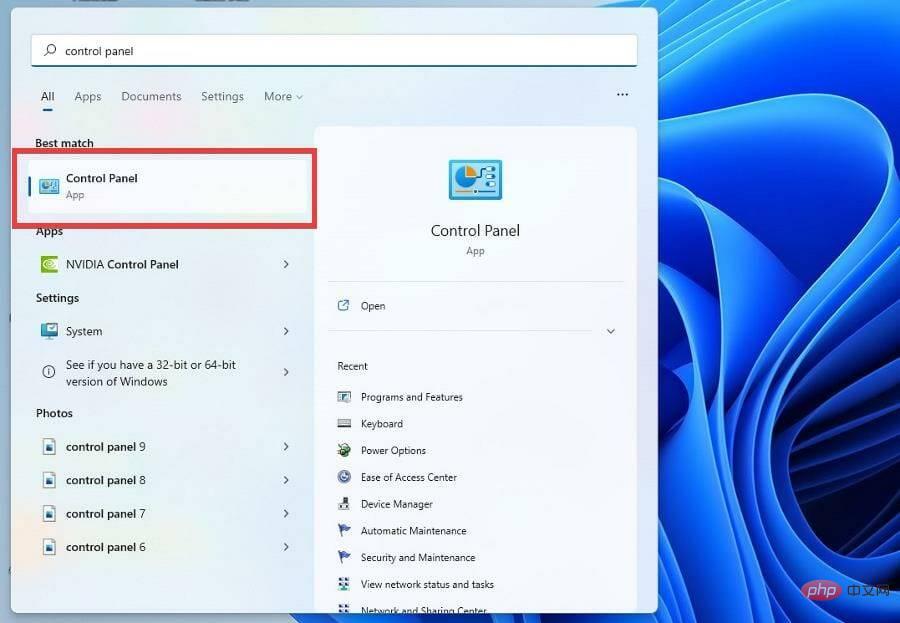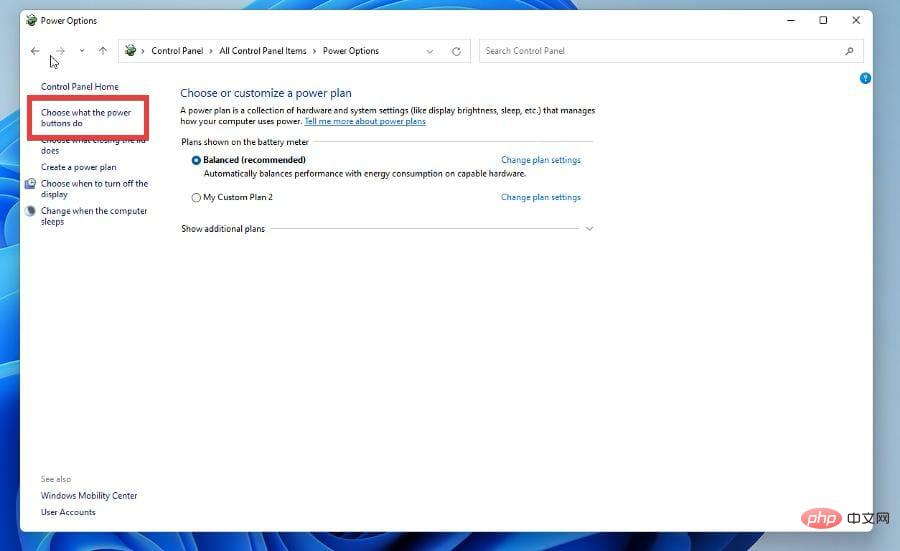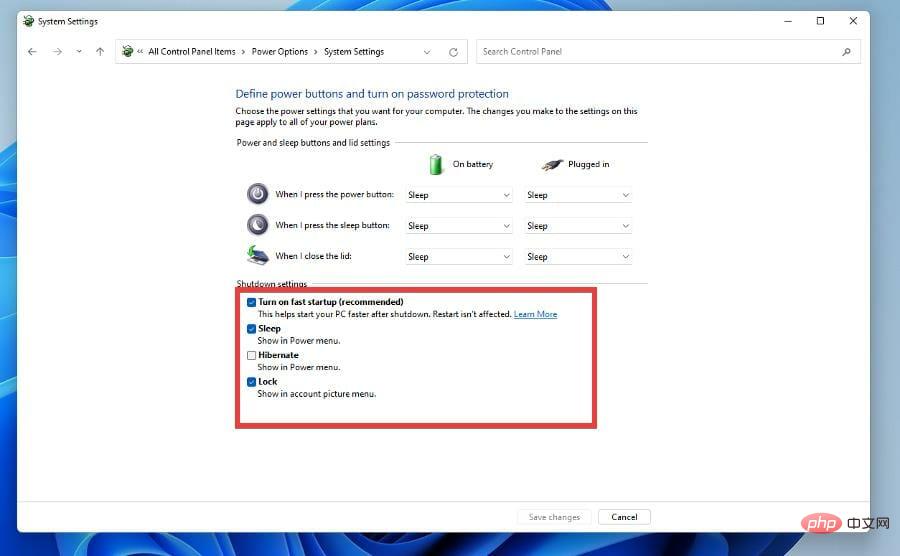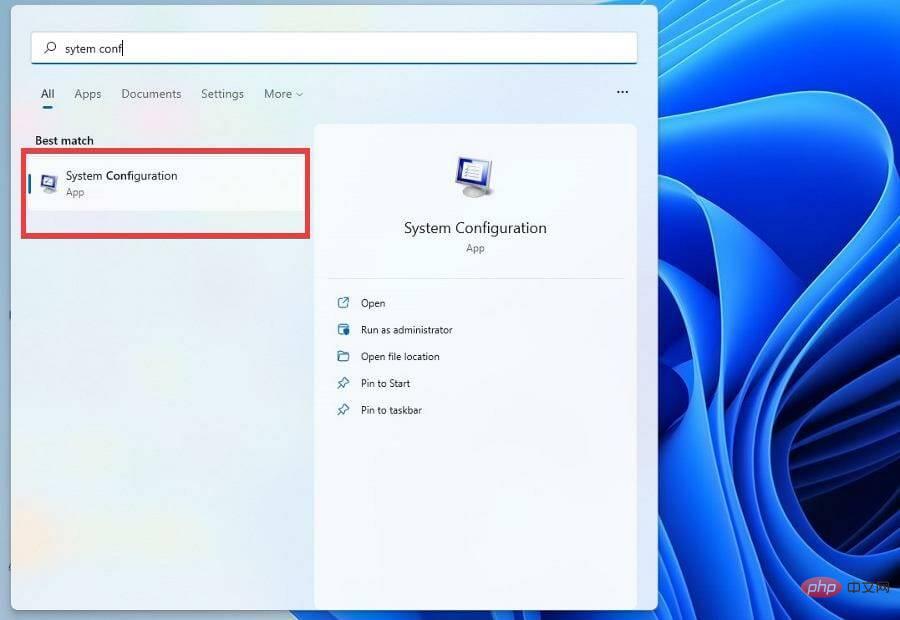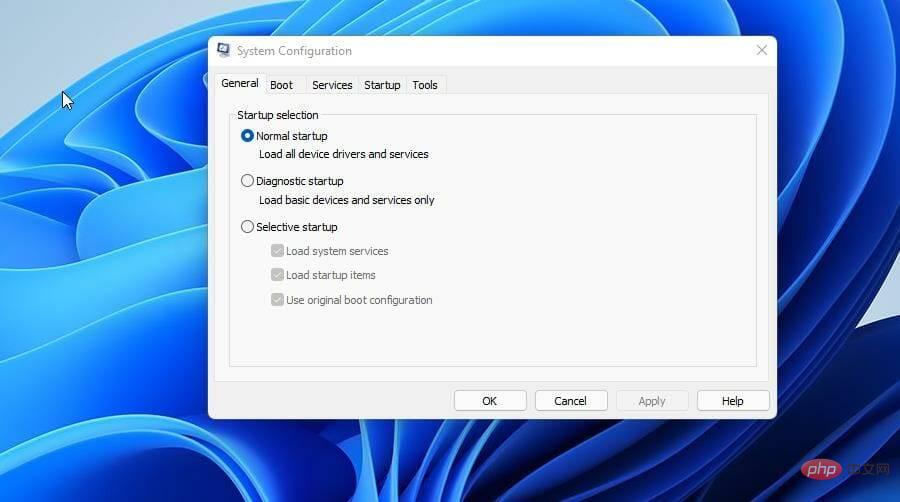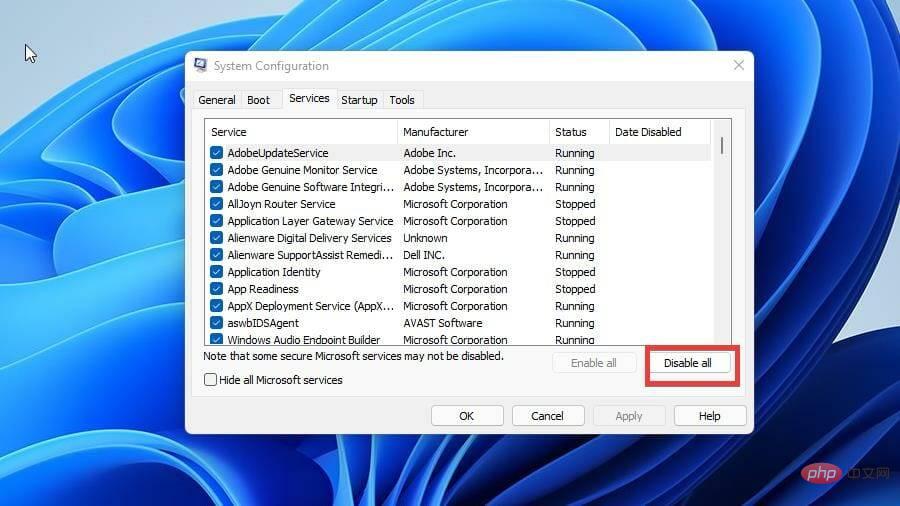How to fix high GPU usage through Desktop Windows Manager
Desktop Windows Manager (also known as DWM.exe) is the system manager that presents the computer's user interface by using the graphics card on the monitor.
It supports all visual effects that look like transparent windows, animations, thumbnails, themes, wallpapers, you name it. This is all done by DWM.
This is a fairly old process that was first introduced on Windows Vista and has since become an essential part of Windows computers.
Some users are experiencing issues with pop-up messages saying their GPU memory is full, which can cause a lot of stress and confusion.
This is the same process that every application and program on a Windows computer uses to display itself on a desktop. However, DWM has a habit of using a lot of GPUs, although this rarely happens.
What can and cannot I do to solve this problem?
First of all, what you can't do is disable it. Desktop Windows Manager is an integral part of a Windows computer, and Microsoft has made it so you can't turn it off.
Over the years, DWM's resource management has gotten better and it typically uses 1% to 3% of the GPU, which is normal.
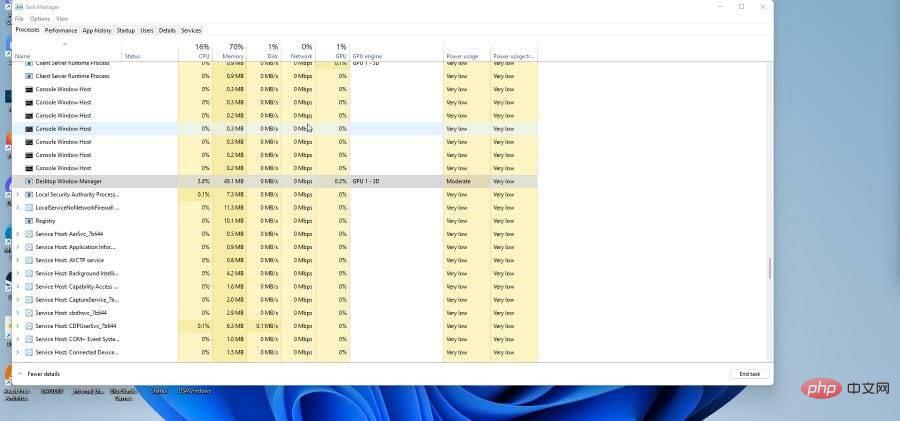
Even though you can disable Desktop Windows Manager, it is still not recommended. Instead, what you can do is update your drivers, turn off visual effects, adjust personalization settings, and turn off fast startup. These are some of the things you can do to resolve the problem of DWM taking up too many resources.
This tutorial will show you how to perform a desktop Windows Manager repair on Windows 10 and Windows 11 computers. This DWM resource issue occurs on both operating systems, and the process to fix both issues in each operating system is similar to each other.
How to prevent high GPU usage in desktop Windows Manager?
1. Update driver
- If you prefer to update the driver manually or update it yourself, you can update it through Device Manager.
- On Windows 10, enter Device Manager in the search bar and click the entry that appears.

- Click Display Adapters in Device Manager.

- Right-click on the GPU and selectUpdate Driver in the drop-down menu.

- Select Automatically search for drivers.

- The driver will be installed automatically.
- On Windows 11, do the same thing by searching for Device Manager in the search bar.

- As before, click on Display Adapters and right-click on the graphics card.

- Select to update the driver.
- Select Automatically search for the driver to be updated.

2. Turn off visual effects
- On Windows 10, enter Windows Performance in the search bar.

-
Select the "Adjust the appearance and performance of Windows" entry.

-
A menu called "Performance Options" will appear, allowing you to adjust the appearance of your Windows 10 computer and the way it performs.

- You can choose which features are active or inactive. The default is to let Windows choose the one that's best for my computer.
- If you want your computer to focus on reducing the resource consumption of desktop Windows Manager, select Tune for best performance.

- If you want more control over what is allowed, select Customize and use the menu below to enable or disable these features.

- After you make your changes, select Apply and then select OK.

- The process is the same as Windows 11. Search Adjust the appearance and performance of Windows.

-
You can reduce resource consumption by selecting Tuning for Best Performance.

- Or select Customize and make your selection there.

- Click Apply and then click OK to finish.

3. Change Personalization
- On your desktop, right-click anywhere and select Personalization. The process is the same for Windows 10 and 11, but for the sake of brevity, this tutorial will focus on Windows 11.

- To do this, you need the simpler and less resource-intensive option on the GPU.
- In the Personalization section of the settings menu, start with Background.

- Next to the personalized background, click the image to display the menu.
- Choose solid color.

- Choose a color for the background. That's okay, as long as the background doesn't have graphics that will increase GPU consumption.

- You can also create your own custom colors.
- Return to the personalization menu and select the color.

- Turn off the transparency effect.

- Return to the menu and select the theme.

- Select Windows (Light) or Windows (Dark). Anything with a solid color is what you should strive for.
4. Disable the quick startup function
- First search for Control Panel in the search bar. The process is the same for Windows 10.

- Make sure the large icon or small icon is viewed by entry.

- If not, click on the category and change to any of the icon options.
- Select Power Options.

- On the left, selectChoose what the power button does. On Windows 10, it's "Choose what the power buttons do"

- Click Change settings that are currently unavailable to enable them.

- Under Shutdown settings, click Turn on fast startup (recommended) and Hibernate to turn them off.

- Go back to the search bar and bring up System Configuration.

- In this new window, click on the "Services" tab.

- Click Hide all Microsoft services.

- Then click the Disable All button.

- Afterwards, restart your computer.
Are there any other ways to solve the GPU usage issue?
Desktop One solution not covered by Windows Manager is to use antivirus software. In some cases, malware may be the reason why DWM is suddenly using more resources.
Antivirus software is a great way to get rid of this malware and get everything back to normal. Most software that works with Windows 10 also works with Windows 11.
Other GPU issues may be due to excessive internal temperatures. Normal temperatures range from 149 to 185 degrees Fahrenheit (65 to 85 degrees Celsius), but can get higher during intense gaming sessions.
Prolonged high temperatures can cause permanent damage to your GPU, so it is recommended that you pay attention to how hot it gets.

Conversely, there are also solutions for low GPU usage and high CPU usage. This is a mismatch issue that can be caused by a bottleneck, but not always.
Due to this strange difference, you may have to deal with frame drops or processor overheating. This issue may be caused by outdated drivers or certain applications.
The above is the detailed content of How to fix high GPU usage through Desktop Windows Manager. For more information, please follow other related articles on the PHP Chinese website!

Hot AI Tools

Undresser.AI Undress
AI-powered app for creating realistic nude photos

AI Clothes Remover
Online AI tool for removing clothes from photos.

Undress AI Tool
Undress images for free

Clothoff.io
AI clothes remover

Video Face Swap
Swap faces in any video effortlessly with our completely free AI face swap tool!

Hot Article

Hot Tools

Notepad++7.3.1
Easy-to-use and free code editor

SublimeText3 Chinese version
Chinese version, very easy to use

Zend Studio 13.0.1
Powerful PHP integrated development environment

Dreamweaver CS6
Visual web development tools

SublimeText3 Mac version
God-level code editing software (SublimeText3)

Hot Topics
 What is the reason why PS keeps showing loading?
Apr 06, 2025 pm 06:39 PM
What is the reason why PS keeps showing loading?
Apr 06, 2025 pm 06:39 PM
PS "Loading" problems are caused by resource access or processing problems: hard disk reading speed is slow or bad: Use CrystalDiskInfo to check the hard disk health and replace the problematic hard disk. Insufficient memory: Upgrade memory to meet PS's needs for high-resolution images and complex layer processing. Graphics card drivers are outdated or corrupted: Update the drivers to optimize communication between the PS and the graphics card. File paths are too long or file names have special characters: use short paths and avoid special characters. PS's own problem: Reinstall or repair the PS installer.
 How to solve the problem of loading when PS is always showing that it is loading?
Apr 06, 2025 pm 06:30 PM
How to solve the problem of loading when PS is always showing that it is loading?
Apr 06, 2025 pm 06:30 PM
PS card is "Loading"? Solutions include: checking the computer configuration (memory, hard disk, processor), cleaning hard disk fragmentation, updating the graphics card driver, adjusting PS settings, reinstalling PS, and developing good programming habits.
 How to speed up the loading speed of PS?
Apr 06, 2025 pm 06:27 PM
How to speed up the loading speed of PS?
Apr 06, 2025 pm 06:27 PM
Solving the problem of slow Photoshop startup requires a multi-pronged approach, including: upgrading hardware (memory, solid-state drive, CPU); uninstalling outdated or incompatible plug-ins; cleaning up system garbage and excessive background programs regularly; closing irrelevant programs with caution; avoiding opening a large number of files during startup.
 Is slow PS loading related to computer configuration?
Apr 06, 2025 pm 06:24 PM
Is slow PS loading related to computer configuration?
Apr 06, 2025 pm 06:24 PM
The reason for slow PS loading is the combined impact of hardware (CPU, memory, hard disk, graphics card) and software (system, background program). Solutions include: upgrading hardware (especially replacing solid-state drives), optimizing software (cleaning up system garbage, updating drivers, checking PS settings), and processing PS files. Regular computer maintenance can also help improve PS running speed.
 How to solve the problem of loading when the PS opens the file?
Apr 06, 2025 pm 06:33 PM
How to solve the problem of loading when the PS opens the file?
Apr 06, 2025 pm 06:33 PM
"Loading" stuttering occurs when opening a file on PS. The reasons may include: too large or corrupted file, insufficient memory, slow hard disk speed, graphics card driver problems, PS version or plug-in conflicts. The solutions are: check file size and integrity, increase memory, upgrade hard disk, update graphics card driver, uninstall or disable suspicious plug-ins, and reinstall PS. This problem can be effectively solved by gradually checking and making good use of PS performance settings and developing good file management habits.
 Is PS slow loading related to other programs that are running?
Apr 06, 2025 pm 06:03 PM
Is PS slow loading related to other programs that are running?
Apr 06, 2025 pm 06:03 PM
The secrets to mastering Office software include: understanding different versions and platforms, correctly installing and configuring, proficient in using the software interface, in-depth understanding of feature operations, application collaboration and sharing functions, utilizing templates and styles, mastering advanced skills, and solving common problems. In addition, you need to choose a version that suits your needs, make good use of templates and styles, develop backup habits, and learn shortcut keys and advanced techniques to improve efficiency.
 How to solve the problem of loading when PS is started?
Apr 06, 2025 pm 06:36 PM
How to solve the problem of loading when PS is started?
Apr 06, 2025 pm 06:36 PM
A PS stuck on "Loading" when booting can be caused by various reasons: Disable corrupt or conflicting plugins. Delete or rename a corrupted configuration file. Close unnecessary programs or upgrade memory to avoid insufficient memory. Upgrade to a solid-state drive to speed up hard drive reading. Reinstalling PS to repair corrupt system files or installation package issues. View error information during the startup process of error log analysis.
 How to use mysql after installation
Apr 08, 2025 am 11:48 AM
How to use mysql after installation
Apr 08, 2025 am 11:48 AM
The article introduces the operation of MySQL database. First, you need to install a MySQL client, such as MySQLWorkbench or command line client. 1. Use the mysql-uroot-p command to connect to the server and log in with the root account password; 2. Use CREATEDATABASE to create a database, and USE select a database; 3. Use CREATETABLE to create a table, define fields and data types; 4. Use INSERTINTO to insert data, query data, update data by UPDATE, and delete data by DELETE. Only by mastering these steps, learning to deal with common problems and optimizing database performance can you use MySQL efficiently.



